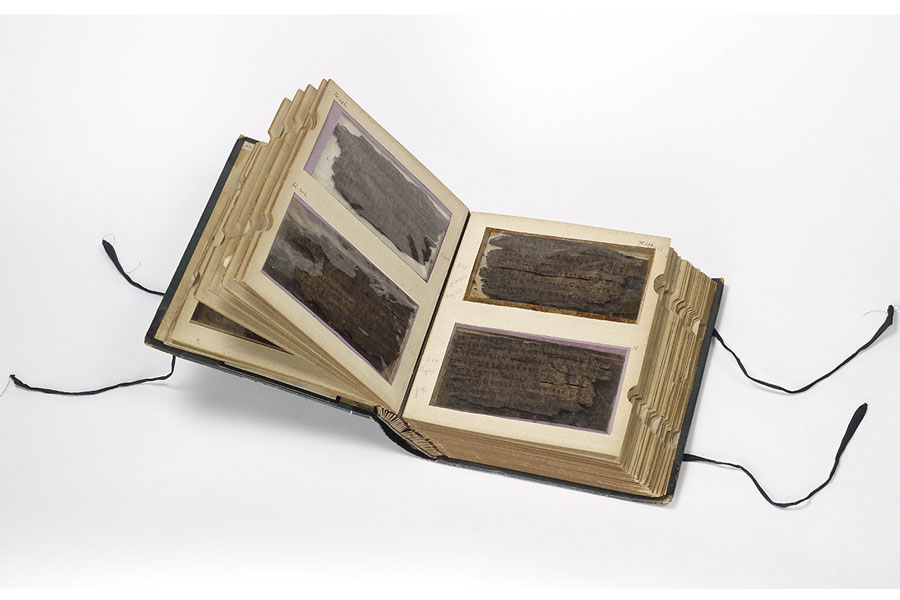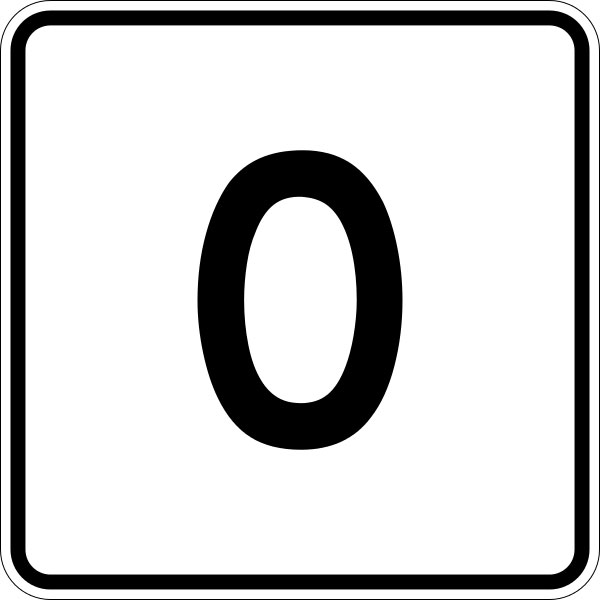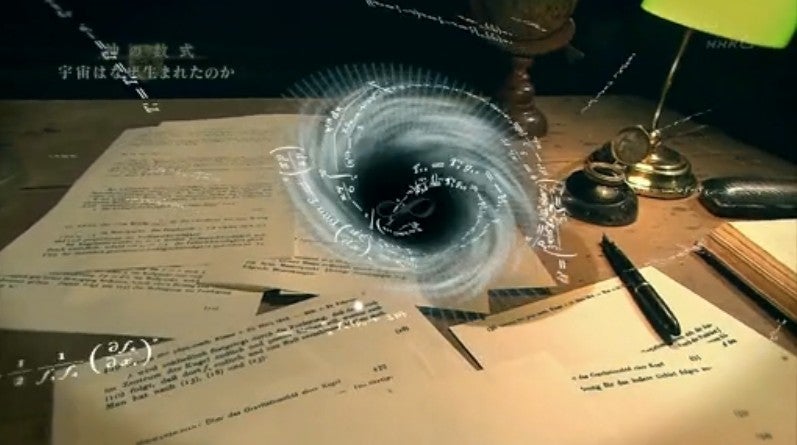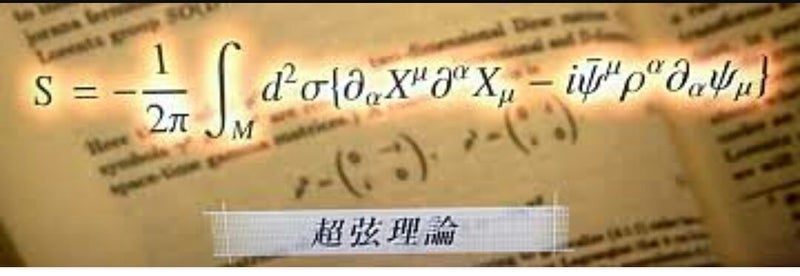Cet ancien texte indien repousse l’existence du chiffre 0 d’au moins 500 ans !
Redouté sur un carnet de notes, le zéro est un chiffre que nous côtoyons très souvent en pensant qu’il est apparu en même temps que les autres. Pourtant, il est en réalité bien plus ancien. C’est ce que révèle l’analyse d’un manuscrit indien : le zéro aurait en réalité 500 ans de plus que ce que les scientifiques croyaient.
QUEL DOCUMENT A PERMIS DE FAIRE CETTE DÉCOUVERTE ?
C’est grâce à un ancien texte indien, le manuscrit Bakhshali, que la nouvelle datation du zéro a pu être établie. Ce document exceptionnel est composé de 70 feuilles d’écorce de bouleau, rempli de nombres et de textes écrits en sanscrit. Il a été découvert en 1881 par un fermier vivant dans ce qui est devenu le Pakistan, plus précisément à Bakhshali (petit village qui donnera par la suite son nom au manuscrit).
Depuis 1902, le manuscrit Bakhshali est conservé à la bibliothèque Bodleian de l’Université d’Oxford. Des recherches récentes menées sur le document et une datation au carbone ont permis de redonner sa véritable « date de naissance » au chiffre zéro. Un chiffre zéro très présent sur ce qui semble être « un manuel de formation pour les moines bouddhistes » pour Marcus du Sautoy, chercheur à l’université d’Oxford.

QUEL ÂGE A CE MANUSCRIT ?
Grâce au carbone, les chercheurs ont pu dater approximativement le manuscrit et les zéros qu’il contient. Les plus anciennes pages analysées dateraient de 224 à 383 après J.-C. Or, on pensait à l’origine que le zéro était apparu pour la première fois au 9e siècle. Les précédentes traces de cette affirmation ont été observées sur le mur d’un temple à Gwalior, en Inde. L’existence du zéro est donc repoussé de 500 ans par rapport à ce que les scientifiques pensaient.
Dans le manuscrit, les zéros prennent la forme de simples points. Cette forme basique va par la suite évoluer pour devenir celle que nous connaissons aujourd’hui. Le point indien est d’ailleurs capital car, contrairement à d’autres zéros utilisés notamment chez les Mayas ou les Babyloniens, le zéro va devenir officiellement un vrai nombre. Sa première description en tant que telle sera réalisée en 628 après J.-C par l’astronome et mathématicien indien Brahmagupta.

UN CHIFFRE AU STATUT CONTROVERSÉ
Si l’existence du zéro se précise, il faut savoir que pendant très longtemps, son rôle en tant que chiffre n’était pas reconnu. Marcus de Sautoy explique que « certaines de ces idées que nous tenons pour acquises ont dû être imaginées. Les chiffres étaient là pour compter les choses, donc s’il n’y a rien, pourquoi auriez-vous besoin d’un numéro ? ». A l’origine, l’idée même du zéro était considérée comme une hérésie. Il fut cependant autorisé par la suite pour favoriser le développement des mathématiques et du calcul.
Cependant, même si « l’âge » du zéro est redéfini, rien n’est encore garanti quant à sa datation précise. « Il y a encore un mystère sur la façon dont toutes ces feuilles ont été rassemblées » rappelle Marcus de Sautoy. Et toutes ces pages ne datent pas de la même période. La datation reste donc difficile, et le zéro pourrait encore avoir des choses à nous apprendre dans le futur.
とても興味深く読みました:
\documentclass[12pt]{article}
\usepackage{latexsym,amsmath,amssymb,amsfonts,amstext,amsthm}
\numberwithin{equation}{section}
\begin{document}
\title{\bf Announcement 388: Information and ideas on zero and division by zero\\
(a project)\\
(2017.10.29)}
\author{{\it Institute of Reproducing Kernels}\\
Kawauchi-cho, 5-1648-16,\\
Kiryu 376-0041, Japan\\
}
\date{\today}
\maketitle
The Institute of Reproducing Kernels is dealing with the theory of division by zero calculus and declares that the division by zero was discovered as $0/0=1/0=z/0=0$ in a natural sense on 2014.2.2. The result shows a new basic idea on the universe and space since Aristotelēs (BC384 - BC322) and Euclid (BC 3 Century - ), and the division by zero is since Brahmagupta (598 - 668 ?).
In particular, Brahmagupta defined as $0/0=0$ in Brāhmasphuṭasiddhānta (628), however, our world history stated that his definition $0/0=0$ is wrong over 1300 years, but, we showed that his definition is suitable.
For the details, see the references and the site: http://okmr.yamatoblog.net/
We would like to write some story on zero and division by zero. For this purpose, we would like to gather some wide ideas and feelings on the zero and division by zero. For some precise facts and some wide viewpoints on these topics, please kindly send your ideas and feelings. For some valuable ones, we would like to immediately distribute them as in examples on the division by zero (now over 670 items).
For your kind comments, several lines will be well-comed
and or in A4 one page in word.
Please kindly send your ideas to the e-mail address:
\medskip
kbdmm360@yahoo.co.jp
\medskip
We would like to hear your valuable and interesting ideas on these topics.
\bibliographystyle{plain}
\begin{thebibliography}{10}
\bibitem{cs}
L. P. Castro and S. Saitoh, Fractional functions and their representations, Complex Anal. Oper. Theory {\bf7} (2013), no. 4, 1049-1063.
\bibitem{kmsy}
M. Kuroda, H. Michiwaki, S. Saitoh, and M. Yamane,
New meanings of the division by zero and interpretations on $100/0=0$ and on $0/0=0$,
Int. J. Appl. Math. {\bf 27} (2014), no 2, pp. 191-198, DOI: 10.12732/ijam.v27i2.9.
\bibitem{ms16}
T. Matsuura and S. Saitoh,
Matrices and division by zero z/0=0,
Advances in Linear Algebra \& Matrix Theory, 2016, 6, 51-58
Published Online June 2016 in SciRes. http://www.scirp.org/journal/alamt
\\ http://dx.doi.org/10.4236/alamt.2016.62007.
\bibitem{ms18}
T. Matsuura and S. Saitoh,
Division by zero calculus and singular integrals. (Submitted for publication)
\bibitem{mms18}
T. Matsuura, H. Michiwaki and S. Saitoh,
$\log 0= \log \infty =0$ and applications. Differential and Difference Equations with Applications. Springer Proceedings in Mathematics \& Statistics.
\bibitem{msy15}
H. Michiwaki, S. Saitoh and M.Yamada,
Reality of the division by zero $z/0=0$. IJAPM International J. of Applied Physics and Math. 6(2015), 1--8. http://www.ijapm.org/show-63-504-1.html
\bibitem{mos17}
H. Michiwaki, H. Okumura and S. Saitoh,
Division by Zero $z/0 = 0$ in Euclidean Spaces,
International Journal of Mathematics and Computation, 28(2017); Issue 1, 2017), 1-16.
\bibitem{osm17}
H. Okumura, S. Saitoh and T. Matsuura, Relations of $0$ and $\infty$,
Journal of Technology and Social Science (JTSS), 1(2017), 70-77.
\bibitem{ps18}
S. Pinelas and S. Saitoh,
Division by zero calculus and differential equations. Differential and Difference Equations with Applications. Springer Proceedings in Mathematics \& Statistics.
\bibitem{s14}
S. Saitoh, Generalized inversions of Hadamard and tensor products for matrices, Advances in Linear Algebra \& Matrix Theory. {\bf 4} (2014), no. 2, 87--95. http://www.scirp.org/journal/ALAMT/
\bibitem{s16}
S. Saitoh, A reproducing kernel theory with some general applications,
Qian,T./Rodino,L.(eds.): Mathematical Analysis, Probability and Applications - Plenary Lectures: Isaac 2015, Macau, China, Springer Proceedings in Mathematics and Statistics, {\bf 177}(2016), 151-182. (Springer) .
\bibitem{ttk}
S.-E. Takahasi, M. Tsukada and Y. Kobayashi, Classification of continuous fractional binary operations on the real and complex fields, Tokyo Journal of Mathematics, {\bf 38}(2015), no. 2, 369-380.
\bibitem{ann179}
Announcement 179 (2014.8.30): Division by zero is clear as z/0=0 and it is fundamental in mathematics.
\bibitem{ann185}
Announcement 185 (2014.10.22): The importance of the division by zero $z/0=0$.
\bibitem{ann237}
Announcement 237 (2015.6.18): A reality of the division by zero $z/0=0$ by geometrical optics.
\bibitem{ann246}
Announcement 246 (2015.9.17): An interpretation of the division by zero $1/0=0$ by the gradients of lines.
\bibitem{ann247}
Announcement 247 (2015.9.22): The gradient of y-axis is zero and $\tan (\pi/2) =0$ by the division by zero $1/0=0$.
\bibitem{ann250}
Announcement 250 (2015.10.20): What are numbers? - the Yamada field containing the division by zero $z/0=0$.
\bibitem{ann252}
Announcement 252 (2015.11.1): Circles and
curvature - an interpretation by Mr.
Hiroshi Michiwaki of the division by
zero $r/0 = 0$.
\bibitem{ann281}
Announcement 281 (2016.2.1): The importance of the division by zero $z/0=0$.
\bibitem{ann282}
Announcement 282 (2016.2.2): The Division by Zero $z/0=0$ on the Second Birthday.
\bibitem{ann293}
Announcement 293 (2016.3.27): Parallel lines on the Euclidean plane from the viewpoint of division by zero 1/0=0.
\bibitem{ann300}
Announcement 300 (2016.05.22): New challenges on the division by zero z/0=0.
\bibitem{ann326}
Announcement 326 (2016.10.17): The division by zero z/0=0 - its impact to human beings through education and research.
\bibitem{ann352}
Announcement 352(2017.2.2): On the third birthday of the division by zero z/0=0.
\bibitem{ann354}
Announcement 354(2017.2.8): What are $n = 2,1,0$ regular polygons inscribed in a disc? -- relations of $0$ and infinity.
\bibitem{362}
Announcement 362(2017.5.5): Discovery of the division by zero as $0/0=1/0=z/0=0$
\bibitem{380}
Announcement 380 (2017.8.21): What is the zero?
\end{thebibliography}
\end{document}
1/0=0、0/0=0、z/0=0
http://ameblo.jp/syoshinoris/entry-12276045402.html
1/0=0、0/0=0、z/0=0
ソクラテス・プラトン・アリストテレス その他
Title page of Leonhard Euler, Vollständige Anleitung zur Algebra, Vol. 1 (edition of 1771, first published in 1770), and p. 34 from Article 83, where Euler explains why a number divided by zero gives infinity.
私は数学を信じない。 アルバート・アインシュタイン / I don't believe in mathematics. Albert Einstein→ゼロ除算ができなかったからではないでしょうか。
1423793753.460.341866474681。
Einstein's Only Mistake: Division by Zero


































0 件のコメント:
コメントを投稿